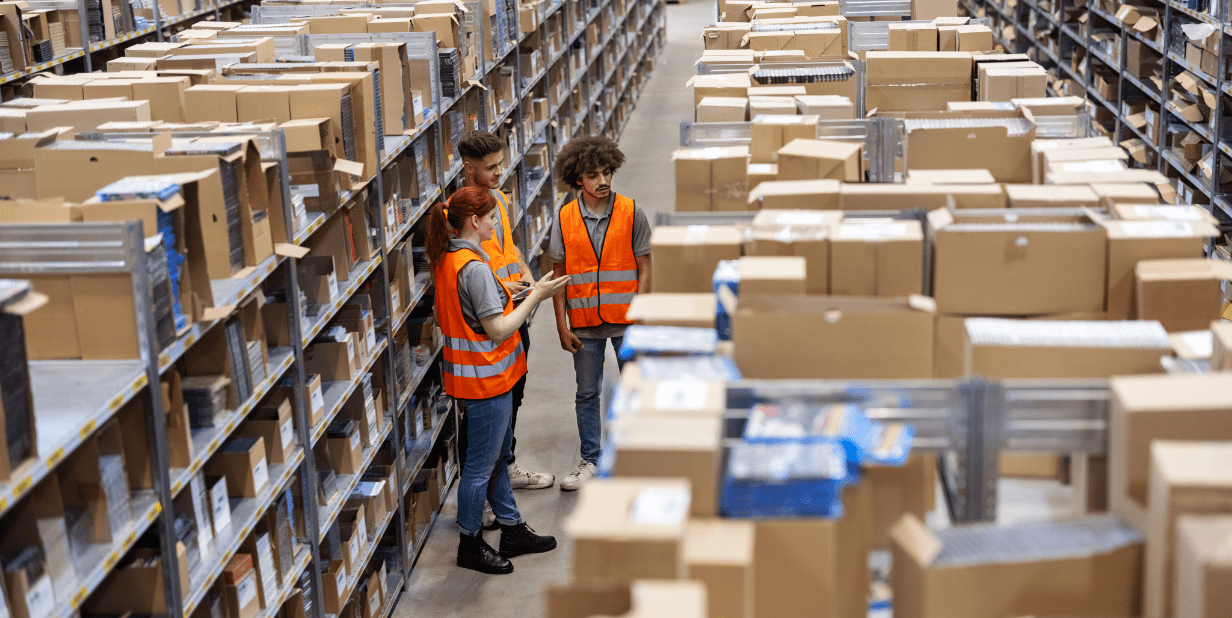

Client is a large automotive parts manufacturer in the world with core business sectors across mobility solutions, automotive and industrial technology, consumer goods and energy technology.
Long term demand forecasts for automotive parts poses major challenges – Parts have varied performance & usage making it difficult to predict the failure rates uniformly. The order patterns are erratic from suppliers leading to irregular demand. Discontinuation of cars or the launch of a better substitute renders some parts obsolescent. Client currently consumes parts forecasts generated by SAP. The SAP models leverage linear trends from historical sales, coupled with business heuristics for forecasting. The inaccurate forecasts affect the client in 2 ways – under-forecasting leads to opportunity lost; while over-forecasting leads to inventory pile-up and scarping costs. The objective is to develop long term demand forecast for parts with unpredictable failure rates.
To address this, the team at Tredence develop an analytically robust parts forecasting solution incorporating best-in-class modelling techniques. The forecasting solution is be scalable across parts families, while being flexible enough to incorporate nuances of each part type. Some of the features of the solution are:
With accurate forecasting, several benefits are identified in recaptured opportunity cost and rationalized inventory

We were able to achieve an accuracy of >90% for parts covering 80% of sales and >80% of sales for parts covering ~92% of sales.

The forecasting models beat the existing forecast by an average of 10% accuracy, for at least 75% of the materials.